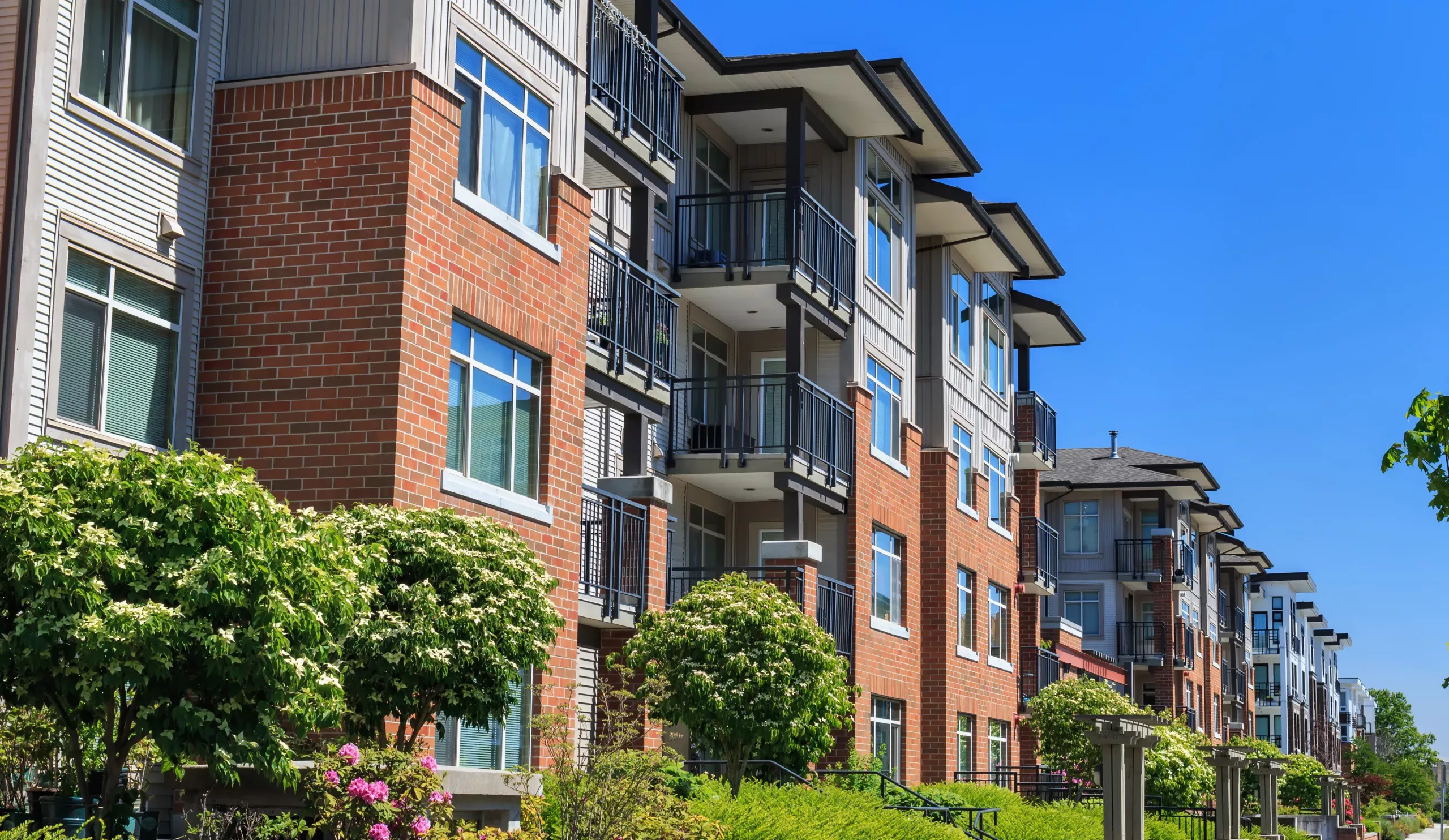Summary: Designing, Launching, and Managing Clean Energy Programs for Multifamily Housing
This document is in response to federal and state agencies seeking to expend their Inflation Reduction Act (IRA) and Bipartisan Infrastructure Law (BIL) funding on residential markets, especially income qualified residents. Government agencies have issued Requests for Information (RFIs) asking for comments and feedback from subject matter experts (SMEs) on various aspects of residential program design, launch, or management, be they for energy efficiency, solar and energy storage, etc. This document intends to provide answers to these RFIs, for the multifamily (MF), especially the MF affordable housing (MFAH) market segment. It also aims to debunk the myth that MF and MFAH is a “hard to serve” market, and shows that it is, in fact, the most cost-effective, easiest, and simplest to scale market segment.
ICAST (International Center for Appropriate and Sustainable Technology) is a national 501c3 nonprofit with a 22-year history of designing and scaling clean energy solutions solely for LMI households in MF housing, primarily MFAH properties. In 2024, ICAST plans to serve over 60,000 LMI families living in apartments. ICAST has designed, launched, and currently manages MF/AH focused programs including Statewide Weatherization, Solar PV, Beneficial Electrification, Healthy Homes, utility Energy Efficiency, Workforce Training, etc. Based on our expertise and experience in the MF/AH space, we will show how a well-designed and managed program targeting the MF/AH market segment, is the best path to cost-effectively and efficiently expending BIL and IRA funds, while meeting Justice40 Initiative goals.
The Need for Multifamily-Focused Programs
- Almost a third (and growing) of the nation’s housing is in MF properties.
- Historically, 85% of all MF residents are low- to moderate-income (LMI).
- The MFAH sector has historically been grossly underserved by clean energy programs.
- The nation is facing an ever-worsening housing shortage plus loss of affordable rental housing.
- Housing (its availability, affordability, and condition) is a recognized social determinant of mental, emotional, and physical health, especially for LMI households.

How to Launch a Top-Notch Multifamily Affordable Housing Program
We have summarized below some best practices, lessons learned, and practical tips on designing, launching, and managing a MF/AH program.
- The same program design cannot serve single-family (SF) and MF, especially MFAH, for reasons such as:
- MF is a Business-to-Business relationship that relies heavily on building trust with its customers and follows the 80/20 rule, i.e., 80% of projects come from a small group of clients who own large portfolios of properties. SF is a Business-to-Consumer program that builds no relationship with the homeowners because they will not be repeat clients.
- The contractors serving SF are not the same as those serving MF (which are commercial and larger operations with better ability to scale; they also possess different technical skills).
- Reporting and invoicing for SF is done per each individual home. A MF program does it by property, thus requiring a different program infrastructure.
- MF/AH programs work best when designed and implemented on a whole-property basis, as opposed to serving individual apartments, one at a time.
- The U.S. Dept. of Energy, the American Council for an Energy Efficient Economy, and others highly recommend a “one-stop-shop” (OSS) approach, where the program implementer has the expertise and experience to offer a simple, yet turn-key solution that is hassle-free for the MF clients, and minimizes the clients’ need to expend their limited resources.
- OSS offerings include outreach and education, energy assessments, project design and engineering, identifying and accessing all incentives and financing, construction planning, contractor selection and management, inspection/monitoring, invoicing and reporting.
- OSS implementers will reduce project costs by the value of all available incentives i.e., offer point-of-sale discounts, while meeting braiding and co-funding rules. This is critical to a successful MFAH program since these properties are not cash rich and cannot fund a green upgrade even if all the funds can later be recouped via incentives.
- OSS offerings include outreach and education, energy assessments, project design and engineering, identifying and accessing all incentives and financing, construction planning, contractor selection and management, inspection/monitoring, invoicing and reporting.
- Simplify the qualification, intake, processing, and reporting. For example, programs should allow an entire MFAH property to income qualify via certifications and proof from the owner, rather than requiring each tenant to provide proof of income.
- A 100% Pay-for-Performance model, where implementers and MFAH properties are compensated for achieved program goals, such as energy savings. This aligns the goals for all stakeholders and minimizes the risk for the Government or Utility funders.
- Program should offer “braiding” and “co-funding” with other available programs, per guidelines, to facilitate deep retrofits and energy savings plus lowering the investment needed from owner, which helps negate the “split incentive” hurdle (owners’ concern that they pay for upgrades and their tenants benefit from utility bill savings).
- A “mass customization” approach wherein every project is tailored to drive the highest benefits, based on each property’s specific needs. A one-size-fits-all retrofit program ends up offering very low-impact solutions such as LED lights, low-flow devices, thermostats, and pipe-insulation.
- Electrification should be implemented with thorough due diligence. Natural gas is typically cheaper than electricity, so properties transitioning away from gas could experience increased costs on their utility bills. A best practice for ensuring utility cost reductions is leveraging other energy efficiency measures and PV solar alongside electrification.
- Successful programs need strong partnerships for guidance, referrals, and execution, with MF owners/managers, local associations, utilities, financial institutions, other program providers, etc. Existing partnerships can make the program launch easy and quick (within weeks, not months).

The Benefits of Multifamily-Focused Programs
- The demographics of MF residents make it an easier fit with Justice40 goals.
- A well-designed MF program can scale easily, is more cost-effective, and is simpler to administer than a SF program.
ICAST (International Center for Appropriate and Sustainable Technology) is a 501(c)(3) nonprofit with a mission to provide economic, environmental, and social benefits to underserved communities in a manner that builds local capacity. ICAST has a history of designing and managing utility-led, state, inter-state, and federal programs that leverage innovative green technologies to benefit low- and moderate-income communities since 2002.
